Today’s Pick of the Day, a 1984 BMW 633csi on ClassicCars.com located at a dealer in O’Fallon, Illinois, starts with a confessional story.
Way back in October 1982, I was a sophomore in high school and had just obtained my driver’s permit. At the time, my dad had a 633csi like this one. I had accompanied my parents to a school-related party in the back of the 633 and was starting to get bored. I ran into my best friend, Jody Chaimberlin, who had also been dragged to the party, which was almost made up of all adults. Somehow, he and I had the great idea to get the keys of the 633 and take it for a spin. I think what I told my dad was that I had to get something out of the car, and he stupidly handed them over.
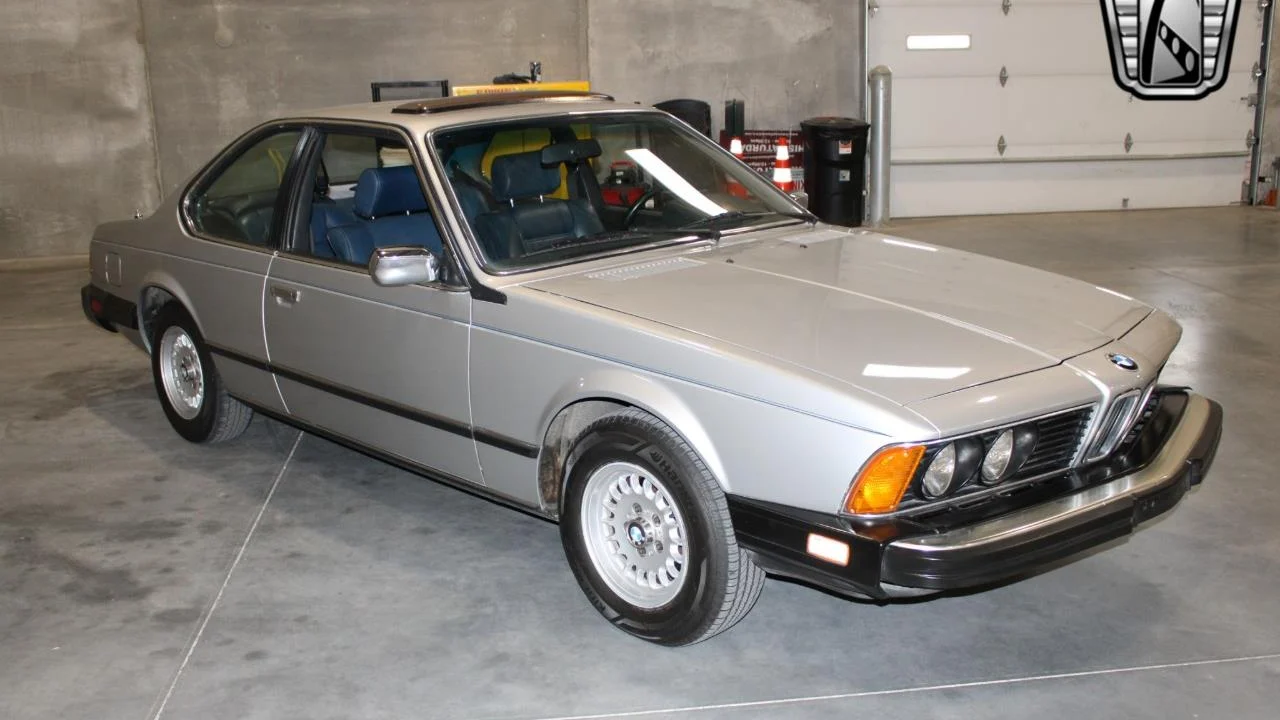
Jody and I jumped in the car and took it for the spirited drive we thought both we (and the car) deserved. At around 65 mph, we were going around a sharp corner on River Road that we had named “Deadman Curve.” At the exit of the turn, I hammered the gas just in time to see flashing lights in my rear-view mirror. We were pulled over and my brand-new driver’s permit was confiscated by the officer, meaning Jody had to drive us back in the 633.
Somehow my parents never found out about this escapade. The crazy part is that my takeaway of the event (which I maintain to this day) was just how amazing it felt to drive that BMW 633csi. It handled so well, with an engine sound that was awesome, and it offered enough performance to get my driver’s permit confiscated. In other words: it was at the time the perfect car.
The first thing that led me to pick this specific 633 was that it is the exact same Polaris Silver paint color with a blue leather interior as my dad’s car.
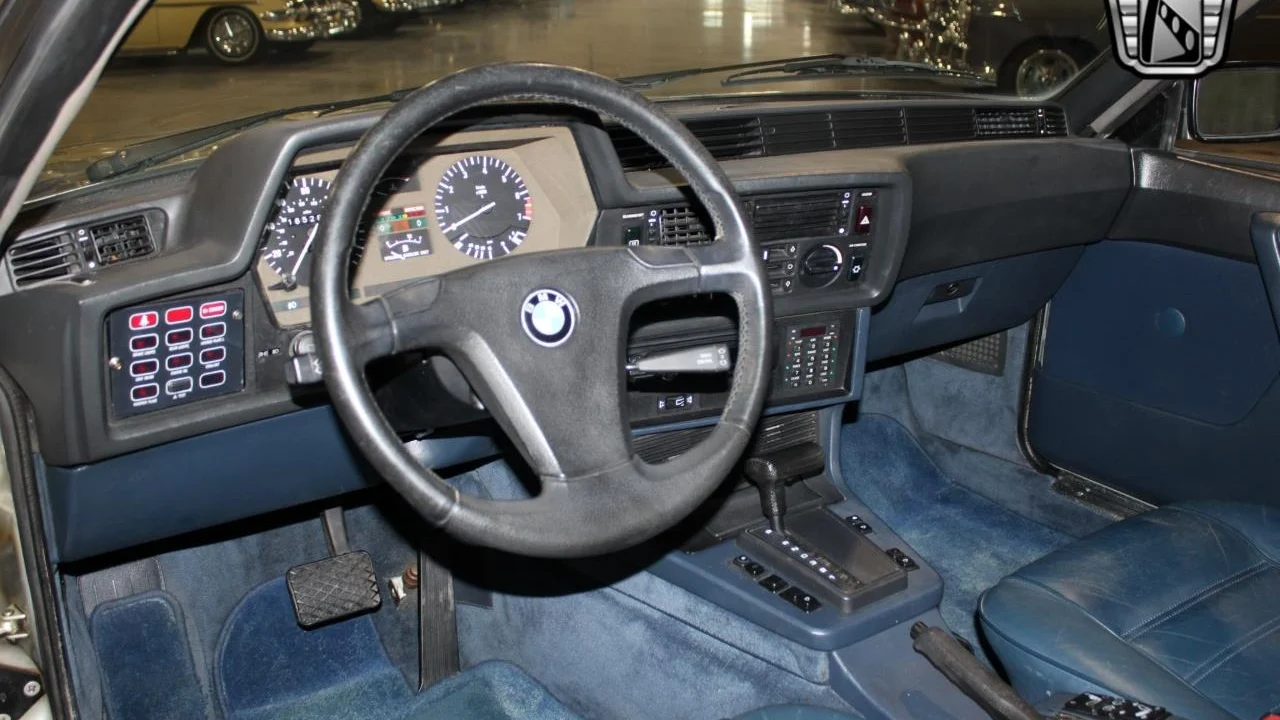
This looks to be a very clean example and, though it has covered more than 160k miles, appears to have been cared for over the years. That seems to be a thing about the E24 6 Series cars: they were either taken care of or completely driven into the ground.
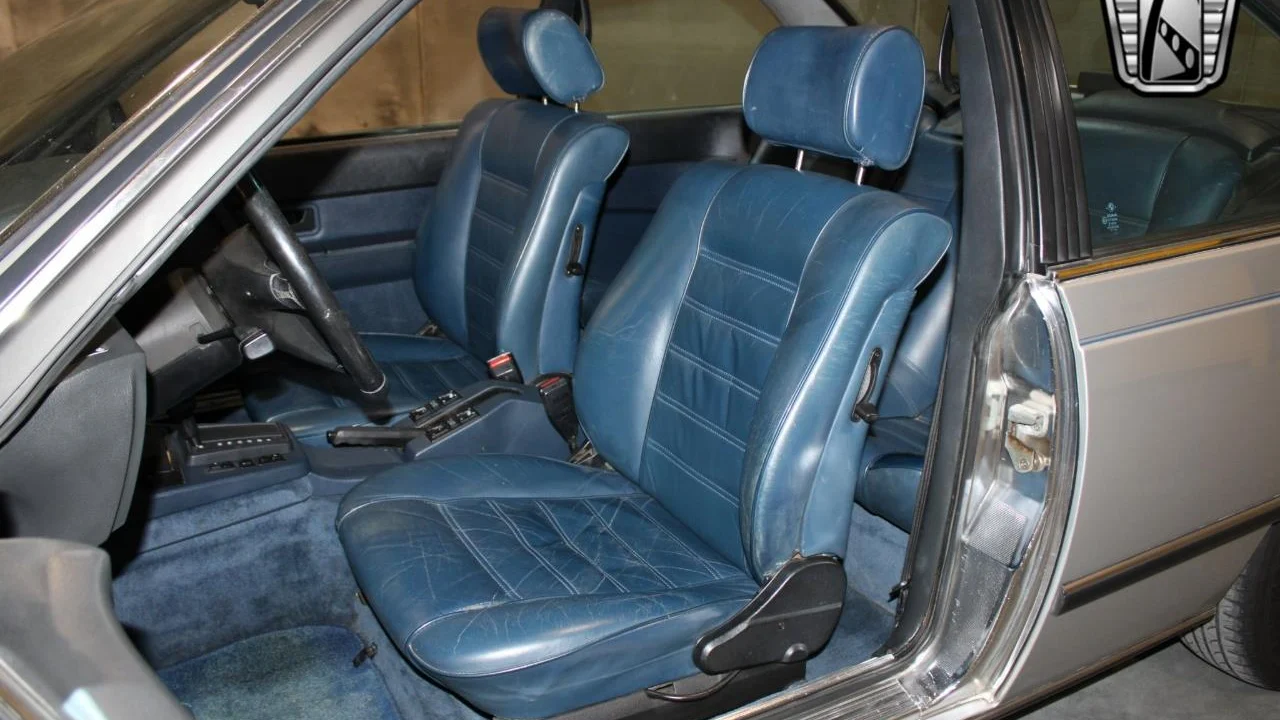
Like all U.S.-spec 6 Series cars, this one has air conditioning, sunroof, and just about every other option you could ask for in 1983. The 633 was one of BMW top-line cars in the 1980s and all delivered here were very well equipped.
The paint looks to be in excellent condition, as does the blue leather interior. I saw no flaws, and the only interior change was the addition of an aftermarket radio.
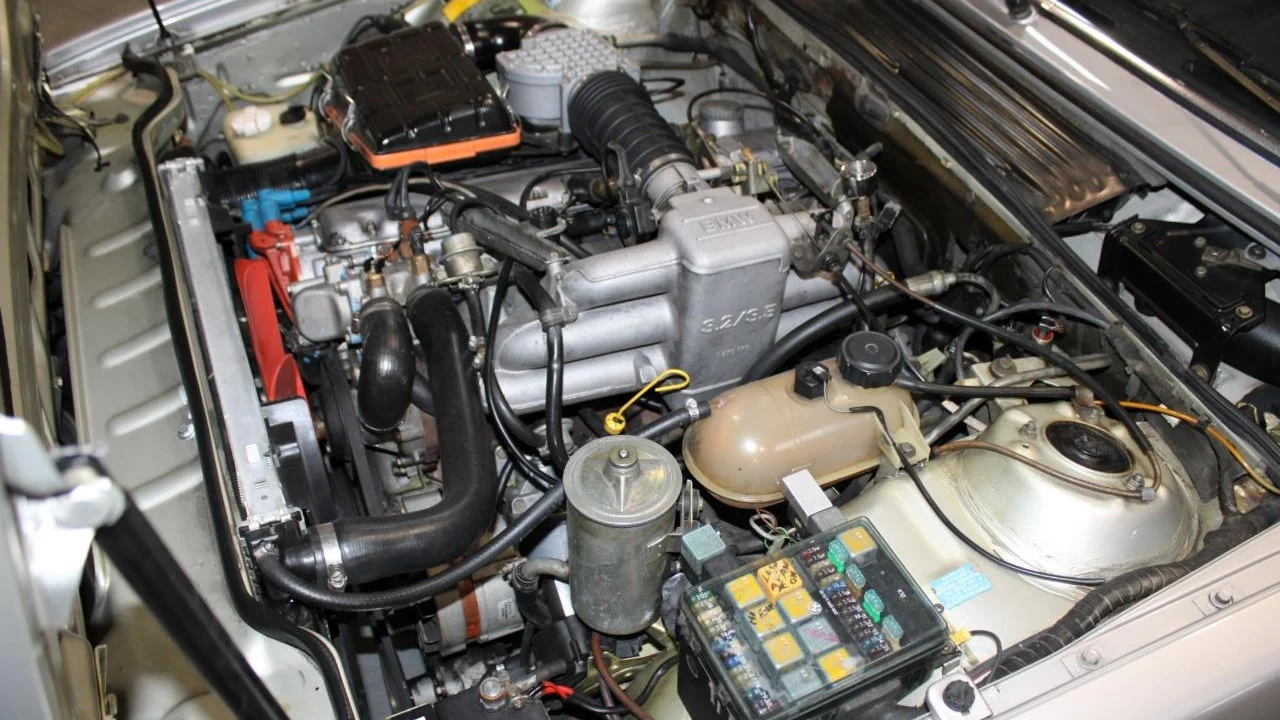
It looks spotless underneath the hood, again suggesting this car looks to be in that category of BMW 6 series cars that have always been taken care of. The fact that it looks like it includes its books, a complete BMW toolkit, and that it is still running on its stock alloy wheels make me think that it has had a nice life.
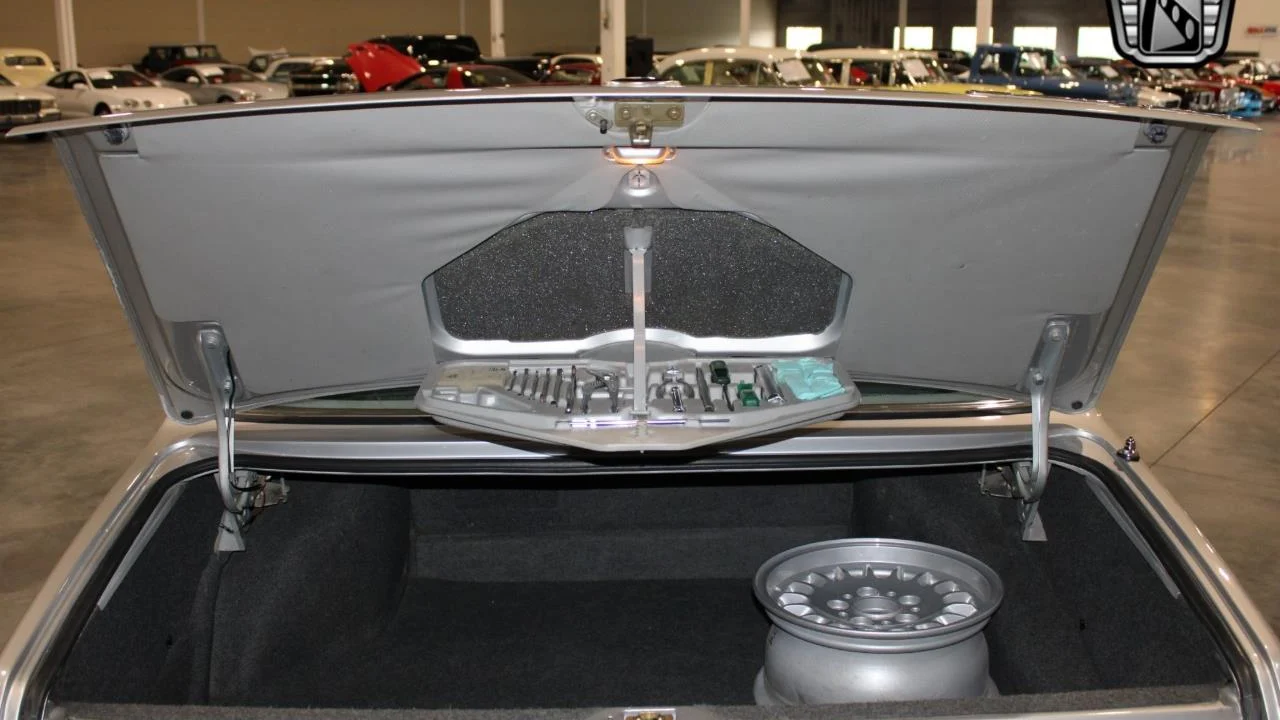
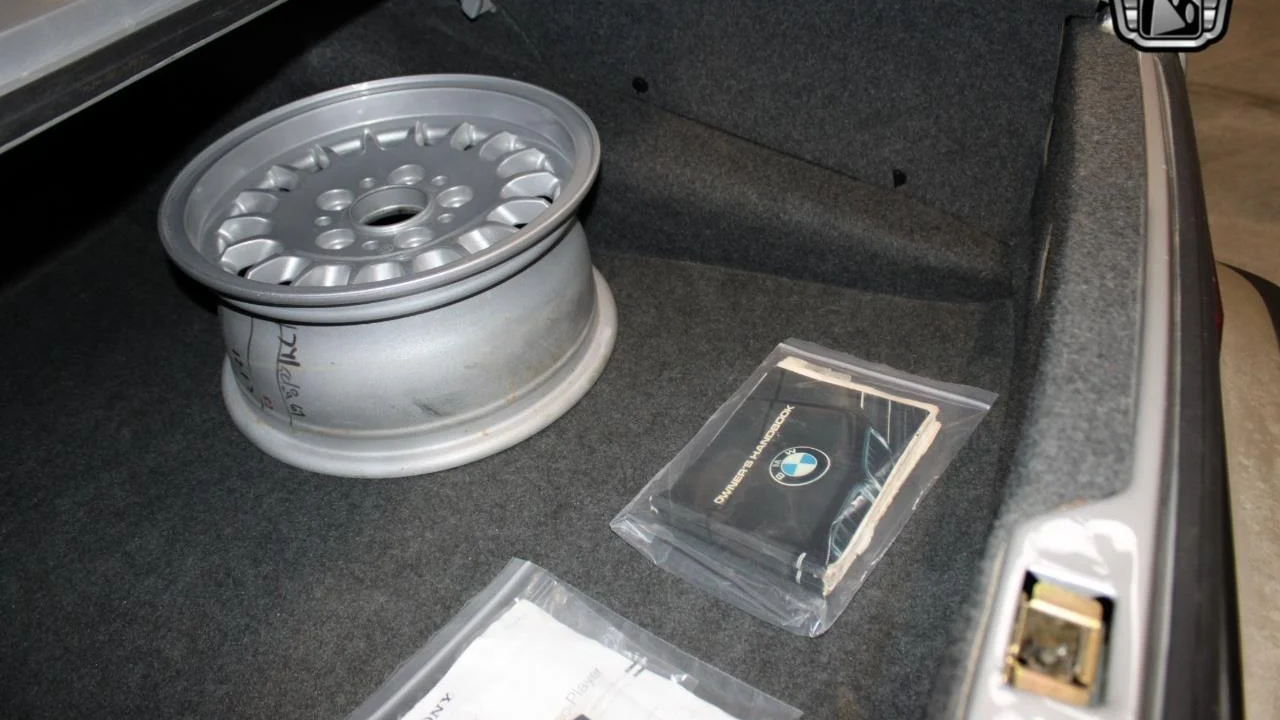
Every once in a while I find a car that is something I consider buying myself. Yes, this car has an automatic transmission, but this is definitely a car I would buy now if it is as good as it looks. The asking price of only $19,000 makes it all the more attractive.
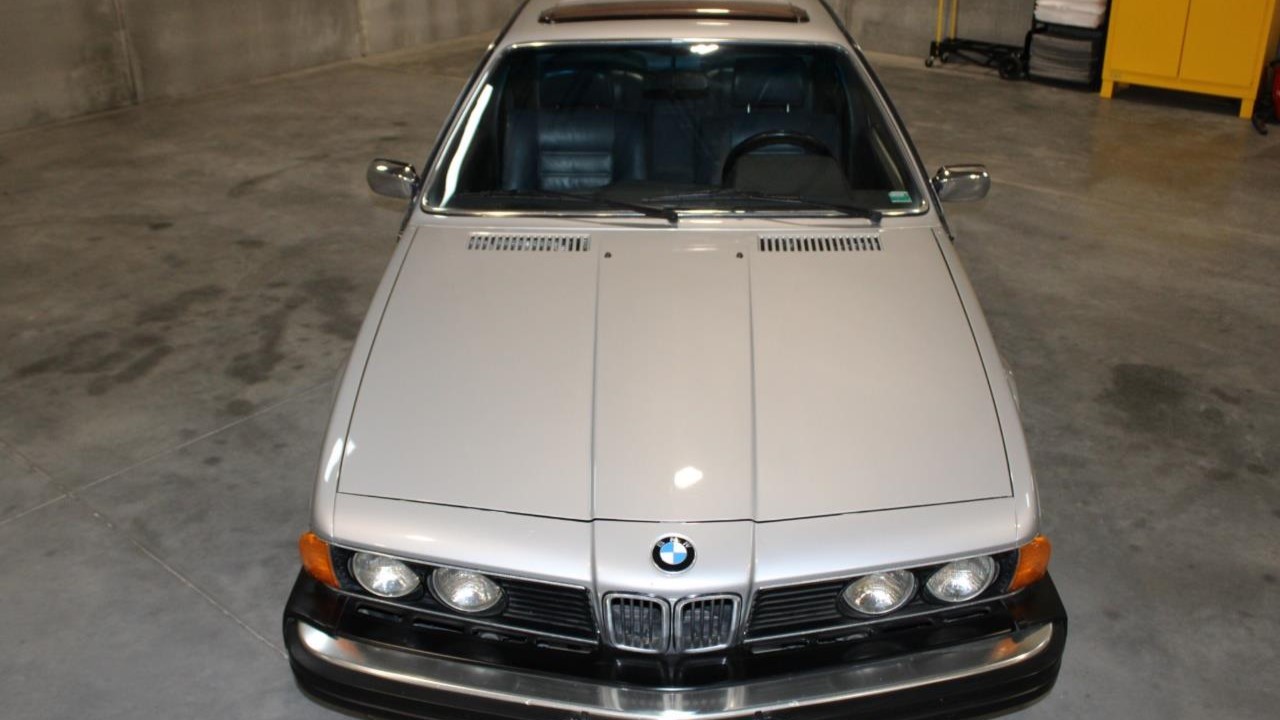
So, if you are looking for one of the best GT cars of the 1980s for driving pleasure, RADwood participation, or just to park in the garage and look at, this 1984 BMW 633csi looks like a great choice.
Click here to view this Pick of the Day on ClassicCars.com.
